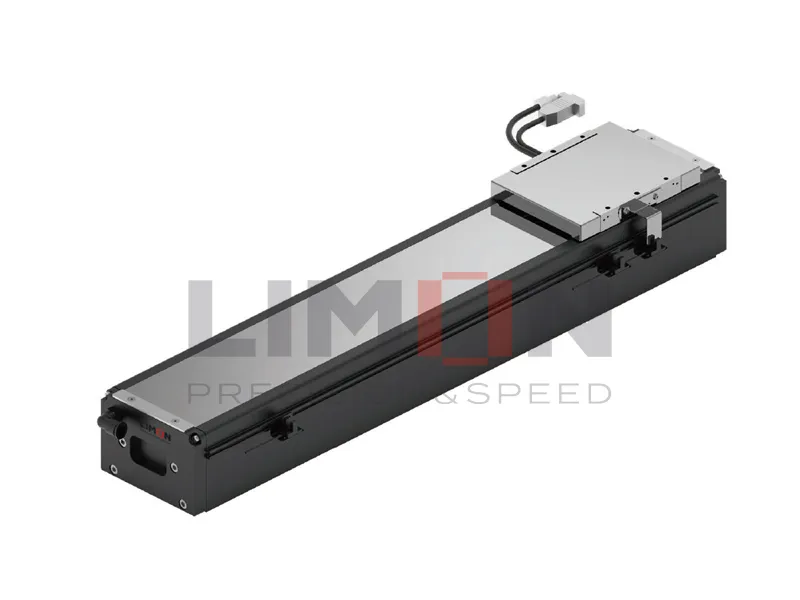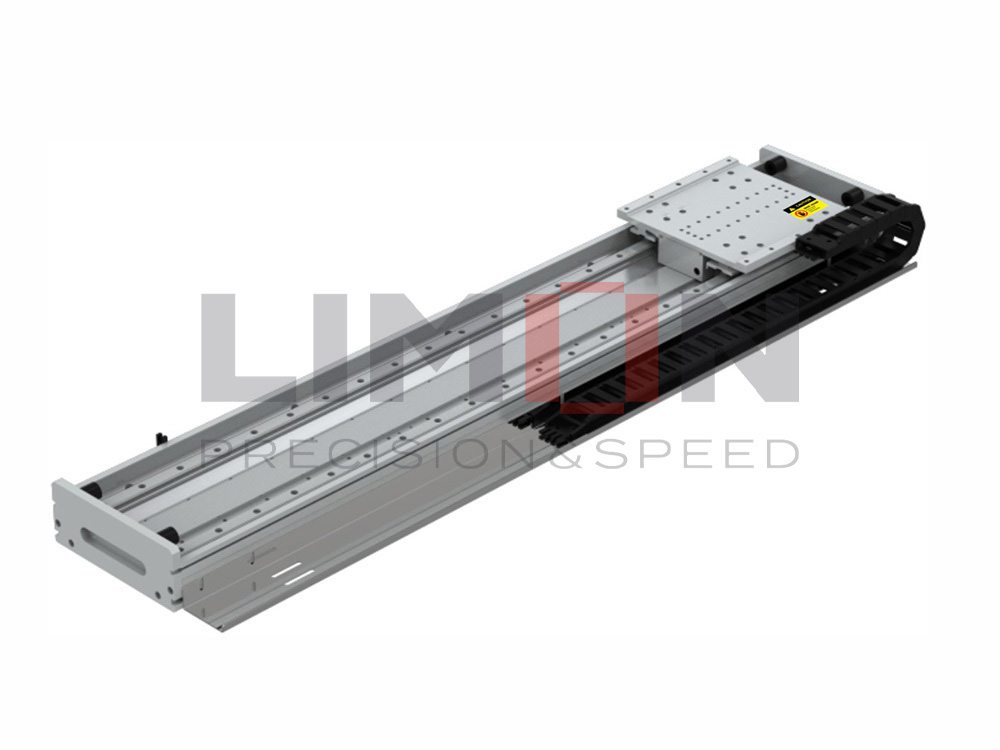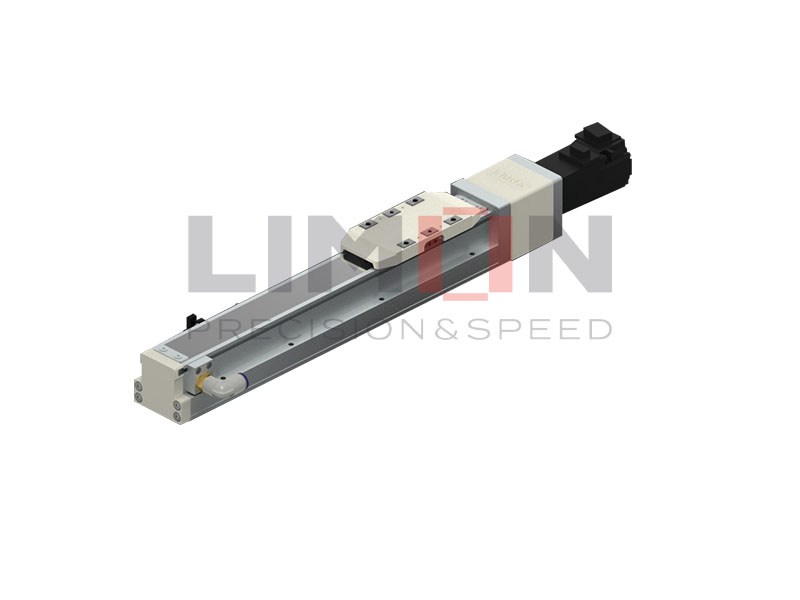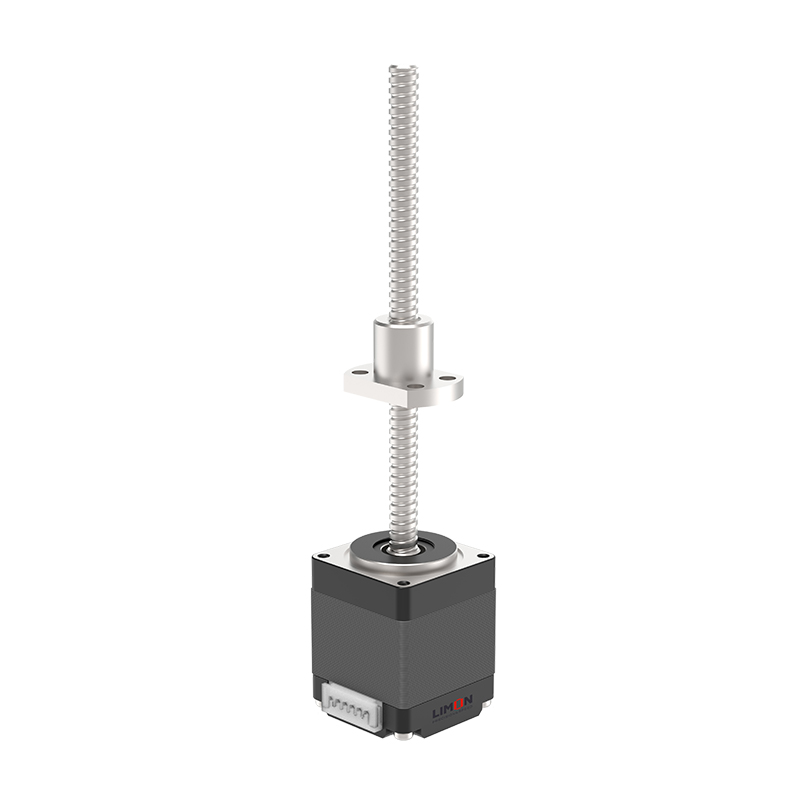1. Defining Accuracy and Precision:
Accuracy: Accuracy refers to the closeness of the actual position or movement to the intended or target position. In the context of ball screws, accurate linear motion is crucial for applications such as CNC machining, robotics, and medical devices.
Precision: Precision, on the other hand, relates to the consistency and repeatability of the motion. A system is considered precise if it can repeatedly achieve the same result under similar conditions. Precision is vital in applications where tight tolerances and reliability are paramount.
2. Influencing Factors in Ball Screw Accuracy and Precision:
1. Lead Accuracy: The lead accuracy of a ball screw is a measure of how closely the actual linear movement corresponds to the theoretical movement based on the screw’s design. Higher lead accuracy ensures that the ball screw provides accurate positioning.
2. Backlash: Backlash, or the clearance between the screw and nut, is a critical factor affecting precision. Minimizing backlash is essential for achieving precise and responsive linear motion. Ball screws, with their design that reduces backlash, excel in applications requiring tight tolerances.
3. Nut and Screw Matching: The proper matching of the ball nut and screw is crucial for optimal performance. Mismatched components can lead to uneven wear and reduced accuracy. Selecting the right combination of ball nut and screw specifications is essential for achieving desired accuracy levels.
3. Industry-Specific Considerations:
1. CNC Machinery: In Computer Numerical Control (CNC) machining, the accuracy and precision of ball screws are critical for producing high-quality, precisely machined components. The ability to control tool movement with precision contributes to the overall accuracy of the machined product.
2. Robotics: Ball screws are widely used in robotic systems, where precise and repeatable linear motion is essential for tasks such as pick-and-place operations. Accurate control of robotic movements ensures efficiency and reliability.
3. Medical Devices: Applications in the medical field, such as surgical robotics or imaging equipment, demand high levels of accuracy and precision. Ball screws provide the necessary control for delicate and precise movements in medical devices.
4. Maintenance and Lubrication:
1. Regular Maintenance: Performing regular maintenance on ball screws is crucial for preserving accuracy and precision. Cleaning, lubrication, and inspection can help prevent wear and ensure consistent performance over time.
2. Lubrication Selection: The type and quality of lubrication used in ball screws play a significant role in maintaining precision. Proper lubrication reduces friction, minimizes wear, and contributes to smoother linear motion.
In conclusion, accuracy and precision are central considerations in the design and application of ball screws. Whether in CNC machinery, robotics, or medical devices, understanding and optimizing these factors contribute to the reliability and performance of the overall system. Engineers and designers must carefully assess the requirements of their specific applications to ensure that ball screws meet the stringent demands for accuracy and precision.




